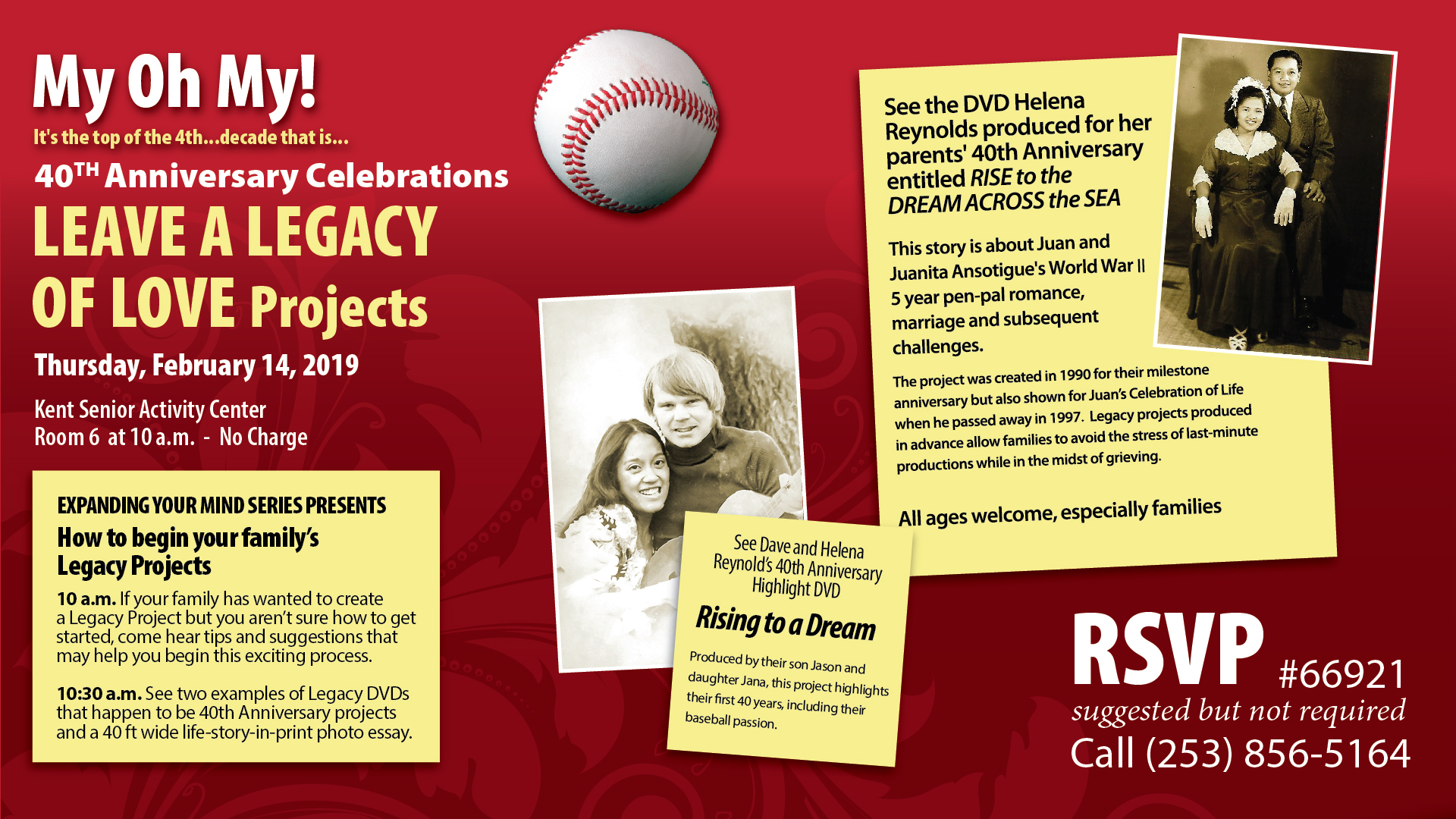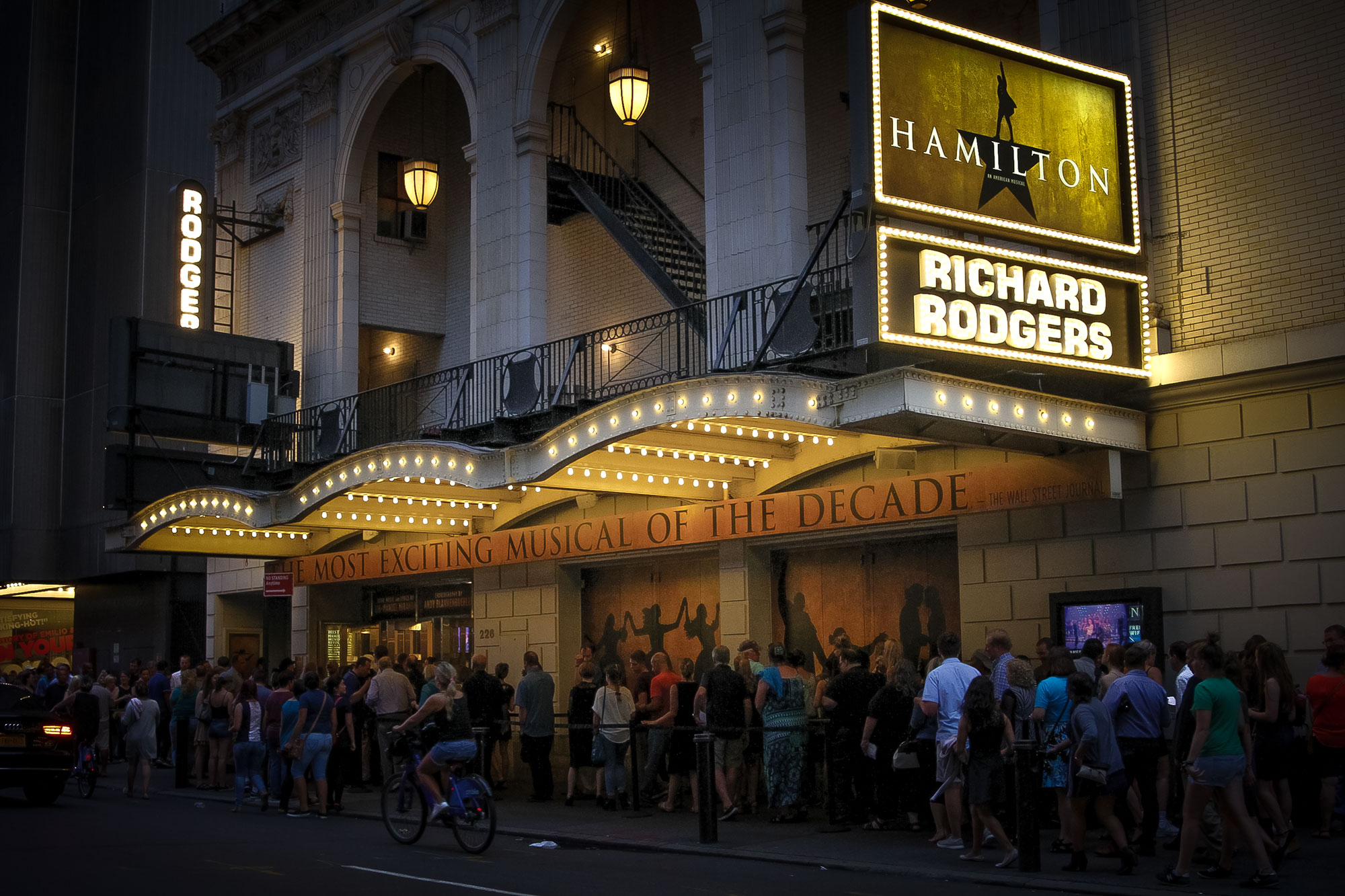My friend, Mary Anne Hamilton and I wrote a life stories book about her unique memories. One story involved a couple who had a boating accident in the Potomac River when Mary Anne’s family lived nearby. Mary Anne’s recollection of the events are included in Chapter 6 of our 2023 book, Destined to Be a Hamilton. The neighbors were Scott and Katie Seeger and the following is the story he wrote about their ordeal on February 8, 1967:
Death and the Friendly River
BY SCOTT SEEGERS
FOR SEVERAL winters my wife Katie and I had promised ourselves that the next time there was a really good snow on the ground we would row out to the big rock near the far side of the Potomac River and take some pictures of our house. The site is spectacular. The heavily forested Virginia shore at that point rises almost as steeply as a cliff, and our house is perched on a hilltop high above. From the rock, the turbulence of Yellow Falls just downstream would make a dramatic foreground; by combining it with the snow-covered hillside reaching up to the house, we hoped to produce a stunning photograph.
Last February 8, a foot of new snow glistened under brilliant sunlight. It was bitter cold, but achingly beautiful. “We’ll never have a better day for it,” I said. “Let’s go.”
We were on good terms with this stretch of the Potomac, located a few miles above Washington. It was a member of the family, the place our kids had learned to swim and on whose sun-drenched rocks we had picnicked for years. But this amiable river, our river, would teach us that day a lesson we will never forget.
The roundabout track down to the river had once been a wagon road leading to a small gold mine, now long abandoned. Although decades of spring rains have dotted it with deep holes, our jeep would take us to the river’s edge and back, except that in two places on the return trip I would have to hook a cable to a tree and use our power winch to drag us over obstructions.
Through the woods and down the steep hill we went, our eight-foot, aluminum skiff sliding behind us as gaily as a sleigh. At the shore, I carefully loaded my cameras into the skiff. Bundled into layers of heavy clothes, booted and gloved, we clumsily got aboard and shoved off.
The river was high and the current swift, but I launched the skiff well upstream of the big rock. It was no problem to row across, then drift down upon the rock. As we swept past, I grabbed a little scrub maple and pulled us ashore. I had done it many times before.
I tied up the skiff, brushed the snow from the rock, and carefully climbed to its top. The view of the house was magnificent. In the foreground, the falls leaped like molten sapphires in the intense sunlight. One at a time, Katie handed up the cameras, some with normal, others with telephoto lenses. To be sure of getting just the photos I wanted, I took several shots with each.
Carefully, Katie stowed the cameras and sat down in the stern of the skiff. I climbed aboard and set the oars in the oarlocks. But, still bemused by the beauty of the scene, I pushed away from the rock while still standing, instead of sitting down and being ready to row the moment I cast off. Before I could sit down, the current had caught the skiff and whirled it past the rock. The falls were not more than 40 feet away.
I dropped to the seat and pulled as powerful as I could on the oars. The skiff hesitated an instant as the blades bit into the water. We would have escaped the pull of the falls if one oar had not hit a barely submerged rock and jumped from the oarlock. The lopsided thrust threw the boat crosswise to the current, and we raced toward the falls.
At this particular spot, the falls are in three steps, the last and largest a drop of about two feet into a deep, swirling pool. The skiff bounced gently as it went sidewise over the first step. I got the oar back in the oarlock and straightened the boat out as we dropped over the second step in a welter of foam. There was no chance of getting upstream now, but no water had yet come aboard. I had an instant’s wild hope that we might also live through the last drop. “Hold tight,” I said to Katie. “Here we go.” The skiff bucked like a wild stallion – and the world exploded.
I came to the surface clutching at the overturned skiff. Katie was beside me, also holding on. The paralyzing cold squeezed my chest with steel bands. I could hardly breathe. In a voice that sounded like a rundown Victrola, I said, “Hang onto the boat. Kick and paddle toward shore.”
We were in the main branch of the river, about 250 feet from the Virginia shore and our waiting jeep. Although we kicked and paddled mightily, our booted legs and gloved hands were heavy and nearly useless, and the current carried us rapidly downstream. I spared a few seconds to watch the fine black leather case containing my new Graflex disappear in the water.
Suddenly, with a crash, the current brought the skiff up against a large boulder. As if in slow motion, we struggled onto the rock and took stock. The oars were gone. Although I managed somehow to turn the boat over, it remained half underwater riveted against the rock by the current. I tugged at the skiff for almost ten minutes, but I could not drag it high enough up the rock to bail. “We’ll have to leave the boat,” I said.
We took off our boots and heavy outer clothing. With fingers as numb as sticks, I removed the skiff’s mooring line and tied one end to Katie’s wrist. Holding onto the other end, I started wading out on a submerged bar. ”I’m going to try to get to that rock” I told her, pointing to a boulder a little way out in the racing channel between us and shore. “If the rope reaches, I’ll pull you over. If it isn’t long enough, jump in the instant it tightens.”
The savage cold hurt like an enormous toothache. (The water temperature was 35 degrees, the air temperature 20, we learned later.) But we were not frightened, simply because we had not realized how desperate our plight was. We couldn’t swim in our remaining clothes, but we knew that by keeping our feet down when we went under we would soon hit a shallow or a rock on which to push to the surface for another breath. And if we consistently pushed toward shore we would make it. Then it would be only a matter of walking back through the forest to the jeep, getting home, and building a fire. Or so we thought.
I launched myself into deep water and plummeted to the bottom. The current whirled me along, banging my legs against underwater rocks. Finally, I got my feet under me, kicked hard against the bottom, and sailed toward daylight. Too soon, I opened my mouth to breathe—and got instead a big swallow of Potomac. I felt surprised and indignant. “Our” river was trying to drown me! The next time up I got air instead of water, and then I sank again.
I missed the rock I was aiming for, but fetched up on another one downstream. Katie had hit the water the instant the rope tightened, and a moment later she was beside me. I don’t know how many similar rock-to-rock traverses we made, but we finally stumbled ashore about 400 yards downstream from the jeep. “The worst is over,” I said to Katie. I was wrong.
The shore rose above us in a steep bank some eight feet high. Even on her hands and knees, Katie could not make the climb. Hanging onto each other, we floundered along through the ice and tangled roots at the water’s edge until the bank leveled off. Katie fell frequently, and each time she fell she pulled me down with her. Within a few minutes I no longer had the strength to pull her to her feet.
We would stumble a few steps, then fall. I would scramble to my feet and try to pull Katie along until we reached a tree. Using the tree as a prop, we would get her upright and aim for another tree. Then the next tree, one at a time.
With the soft gray fuzz of oblivion lapping at the edges of our consciousness, we tottered and crawled through a little clearing from which we could look up at our home. It sat less than 500 feet away, straight up the hill. But it might as well have been on the moon for any chance we had of climbing the precipitous slope.
About 150 yards from the jeep, Katie fell for the last time. “I can’t go any farther,” she mumbled, lying face down in the snow. I shook her. “You’ve got to keep moving,” I said. She did not respond.
“I’ll go get the jeep and come back for you,” I said. She never heard me. I staggered toward the jeep. Suddenly the trees went into a wild dance, and the ground rose and hit me in the face. I fell every time my numb feet hit a stone. With maybe 75 yards to go, I could not get up again. I crawled to the nearest tree, pulled and shoved myself upright. Through lips too stiff to form the words properly, a voice groaned, “I’ll be damned if I’ll freeze to death this close.”
I shoved myself away from the tree, staggered a dozen steps, fell, and crawled to the next tree. I no longer felt cold. There was room in my mind for only one thought. Jeep. The world was a red jeep.
Suddenly I was there, groping at the door, dragging myself into the seat. Concentrating like a chess master, I looked at the instrument panel. The ignition lock swam into focus. I fumbled the key into it. Choke. With a cold motor the jeep will not start unless choked. My useless fingers slipped off the choke button. I used both hands, and both slipped off. The choke was the center of the universe. Pull the choke out. A partly opened wrench lay on the floor. I slid the jaws over the choke shaft, got my hands behind the wrench and pulled. The choke came out. I could not turn the ignition key. I used the wrench again. The motor sputtered into life.
I pawed at the steering wheel for a precious minute before realizing that my hands would not grip it. I hooked my wrists over the spokes, then cautiously piloted the jeep across the rocks to where Katie lay. I do not remember rousing her and cannot imagine how she got into the jeep. With the glimmer of consciousness left to me, I gave myself step-by-step instructions.
I must remember not to turn around here because the trees are too close. Back up. I poked a few times at the gear shift, and it finally slid into reverse. The jeep backed erratically to a more open spot. I turned it around and put the accelerator to the floor. Weaving crazily, the forest fled past on both sides.
I must not try the gold-mine-road we came down because I cannot handle the winch and cable. Try the track up the other side of the valley.
Roaring wide open in four-wheel drive, the jeep plowed along the twisting track up the ridge. It came out on top at the home of a neighbor. He must have seen the jeep coming because he opened his door instantly. Faces floated before me. They got Katie out of the jeep.
My memories of the rest are confused. Someone gave me brandy. Someone else dabbed at my face with a cloth, and I realized that saliva was streaming out of both corners of my mouth. I was lying on the floor before a big fire, shaking uncontrollably and making strange involuntary noises. Through the fog came Katie’s voice: “Darling, are you all right?” “No,” I mumbled ungraciously, “I’m cold.”
I passed out then, and was roused by a squirt of oxygen administered by the local Rescue Squad. They took us to the hospital, packed a score of gorgeous hot-water bags around each of us, and gave us typhoid and tetanus shots. From the waist down, our bodies were a mosaic of bruises and cuts from being banged against the rocks, but nothing was broken.
They took our temperatures. Katie’s was 92 degrees. This was about two hours after we arrived at the neighbor’s house. I learned later that cold-weather-survival specialists consider 88 degrees the lowest body temperature from which one normally can be expected to recover. Katie must have been very close to the edge.
During the years that Katie and I have been married we have tried to live each day aware of the beauty around us, taking joy and strength from it. We continue to live that way. Still, the brush with death has cleared away a lot of cobwebs, and things that once were great problems now seem not so important.
We still love the river. When summer came again and the children, now grown, visited us, we jeeped down to its shore for a picnic, and afterward we romped and tumbled in the falls.
But we will never again think of the river as one of the family. It is a body of moving water, beautiful in its still pools, in its swift-running channels, and where it foams over the rocks below the house. But it is without conscience. If you forget that it obeys only the law of gravity, it can quite casually kill you.
Originally Published: Reader’s Digest (January 1968), Copyright © by Trusted Media Brands, Inc. Used by permission. All rights reserved.
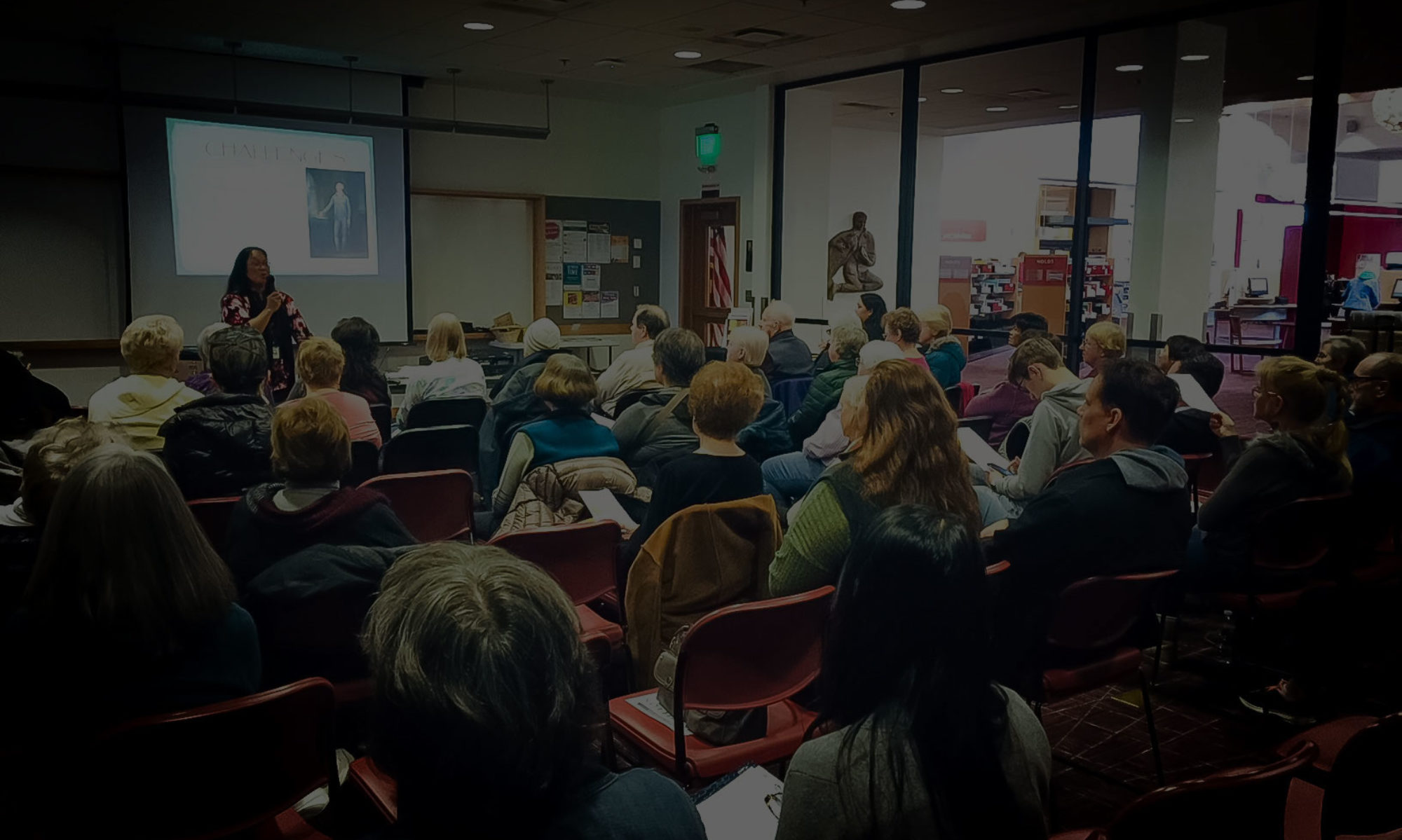

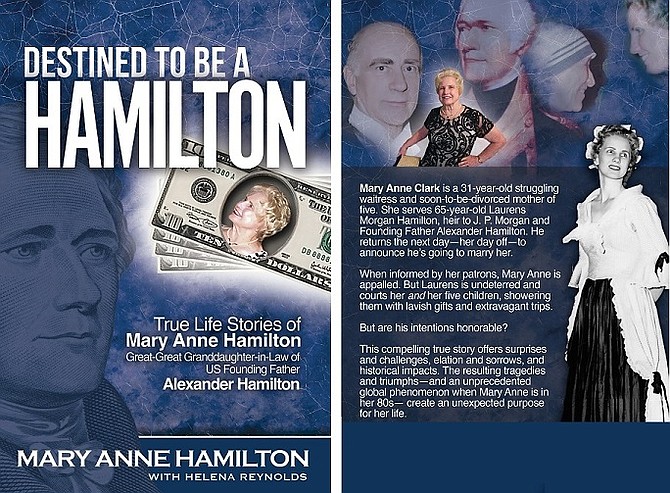
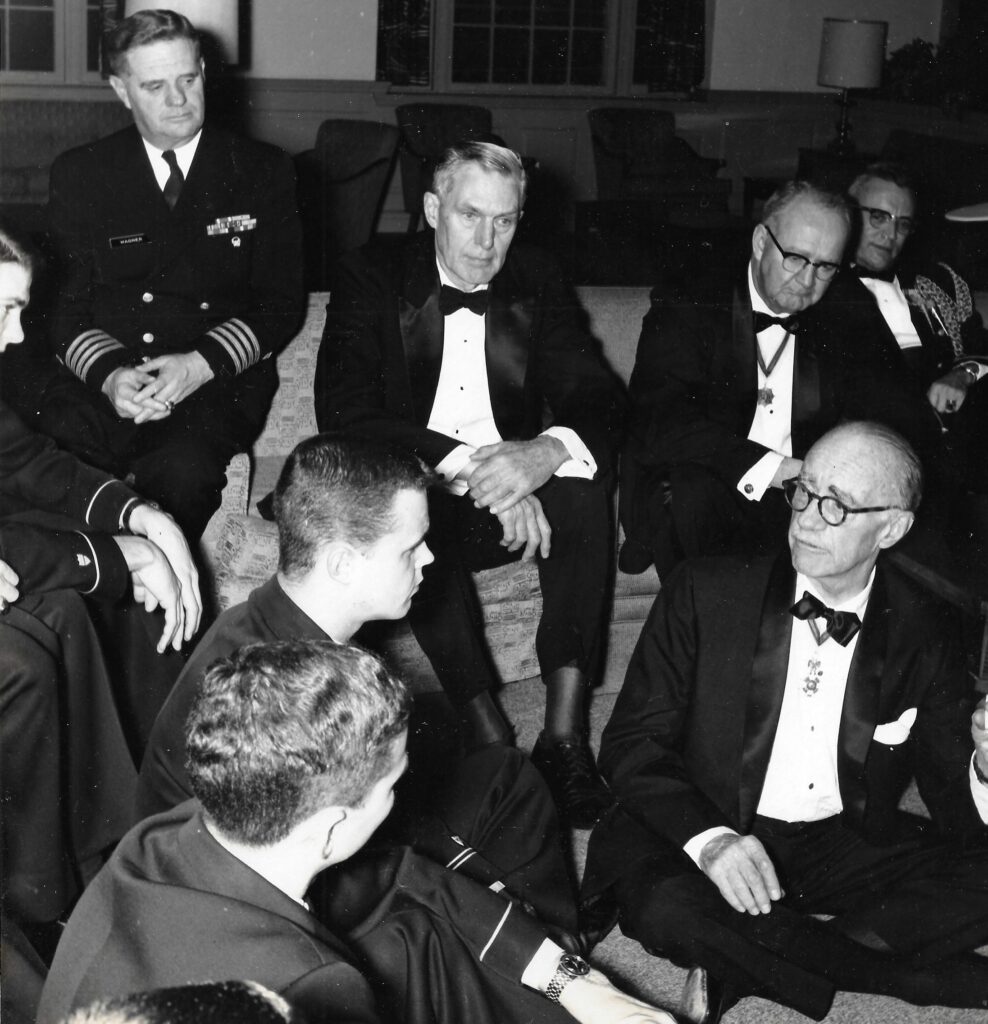



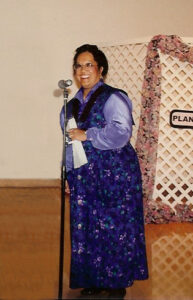 Who was wearing my blouse? After I had gained 100 pounds in 10 years and failed to recognize myself, I realized it was time to regain my health.
Who was wearing my blouse? After I had gained 100 pounds in 10 years and failed to recognize myself, I realized it was time to regain my health.
